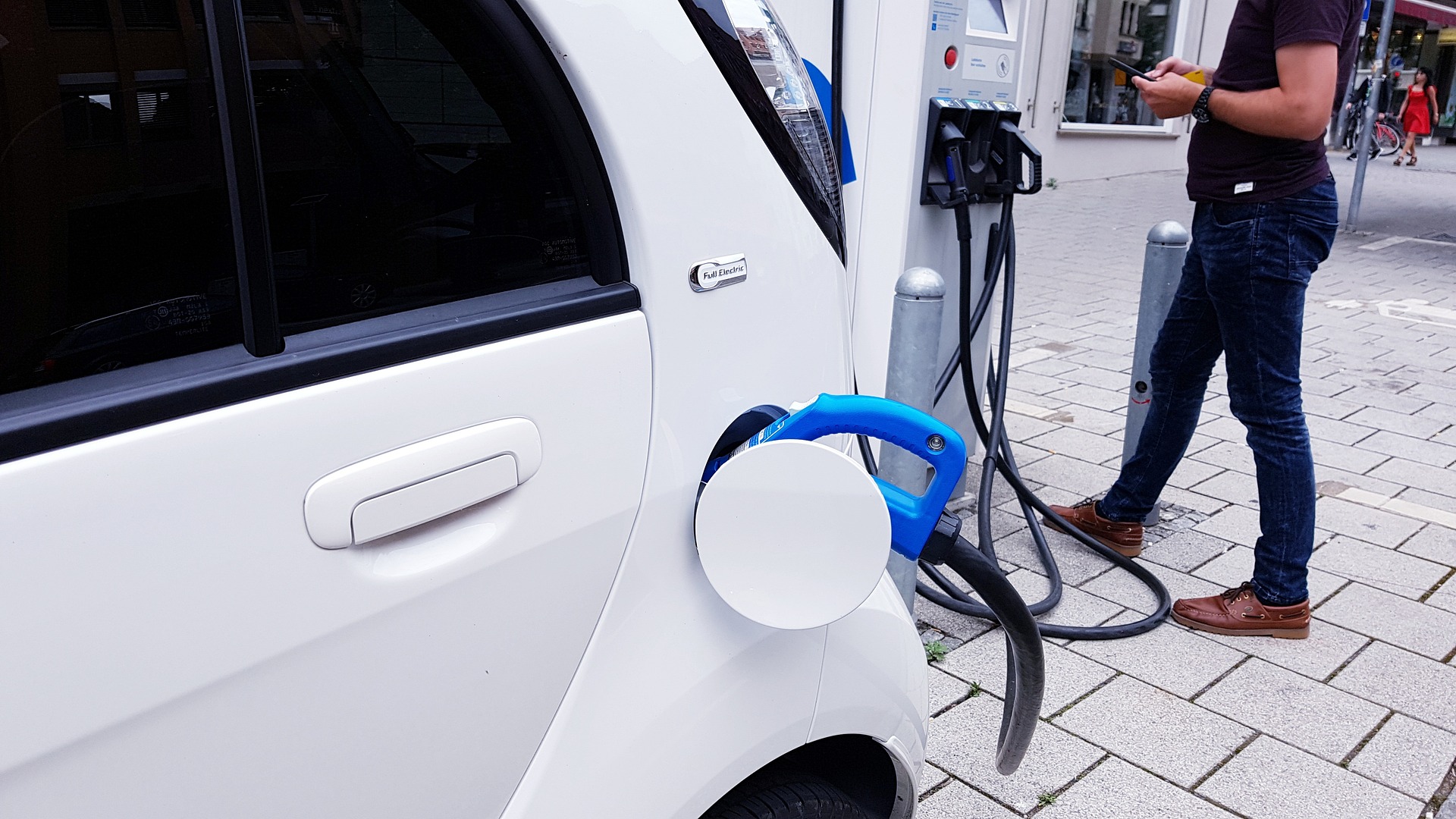Torque Vectoring: Mastering Corners with Advanced Tech
Introduction: Imagine a vehicle that responds to the driver’s commands with such precision it feels like an extension of their body. This level of control is no longer the stuff of fantasy—it's the reality of torque vectoring technology. This article delves into the mechanics of this innovation, its evolution, and its profound effect on driving dynamics.

The Genesis of Torque Vectoring
Torque vectoring has its roots in the world of motorsport. The technology was first introduced in Formula One race cars in the early 1990s to enhance handling and cornering speed. Over time, torque vectoring evolved to become a standard feature in many high-performance vehicles. The fundamental principle behind torque vectoring is simple: it manipulates the power distribution between wheels to improve traction and stability, especially during cornering.
The Mechanics of Torque Vectoring
To understand how torque vectoring works, it’s essential to grasp the basic physics of cornering. When a vehicle takes a curve, the weight shifts towards the outer wheels. This shift creates a difference in traction between the inner and outer wheels, causing the vehicle to understeer or oversteer.
Torque vectoring intervenes in this situation by redistributing the torque. In a car equipped with this technology, sensors monitor various parameters such as steering angle, throttle position, and wheel speed. The system then uses this data to calculate the optimal torque distribution between the wheels, applying more power to the outer wheel and less to the inner wheel. This precise control enhances handling and stability, allowing the vehicle to navigate corners with ease.
Torque Vectoring in the Automotive Market
Today, torque vectoring is not just confined to high-performance vehicles. Many automakers are incorporating this technology into their mainstream models. It’s a move driven by consumer demand for improved handling and safety. Torque vectoring, with its ability to enhance vehicle control and stability, is proving to be a key differentiator in a competitive market.
The Impact of Torque Vectoring
The introduction of torque vectoring has revolutionized the driving experience. It has made cars more responsive, intuitive, and safer. By improving handling and stability, torque vectoring has given drivers more confidence on the road, particularly in challenging driving conditions. However, like any technological innovation, it has its challenges. Implementing torque vectoring requires intricate software algorithms and advanced hardware, which can add to a vehicle’s cost and complexity.
The Future of Torque Vectoring
Looking ahead, the future of torque vectoring is bright. As autonomous driving technology continues to evolve, torque vectoring could play a crucial role in enhancing safety and performance. Furthermore, as electric vehicles become more prevalent, torque vectoring systems designed specifically for electric powertrains could become a standard feature.
In conclusion, torque vectoring is a remarkable technology that has transformed the automotive landscape. Its ability to enhance handling and stability has revolutionized the driving experience, offering greater control and safety. As the technology continues to evolve, the future of driving looks exciting, with torque vectoring at the forefront of automotive innovation.





